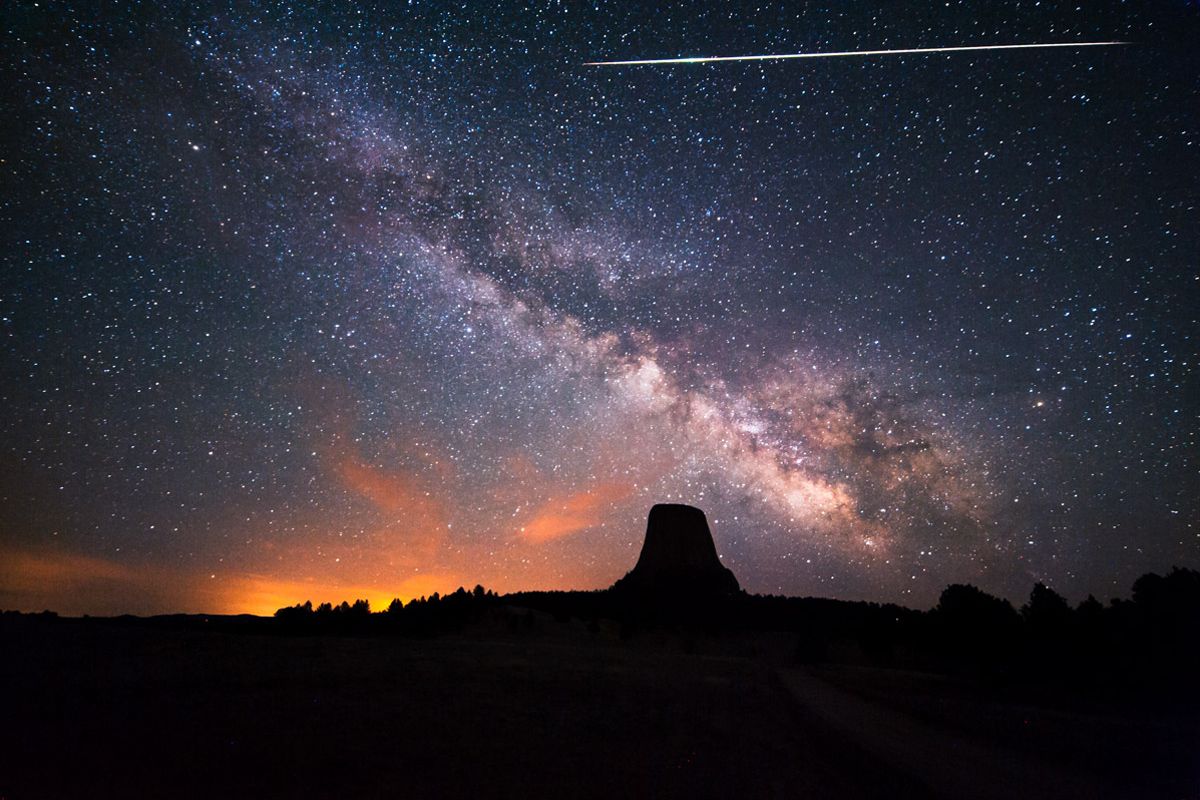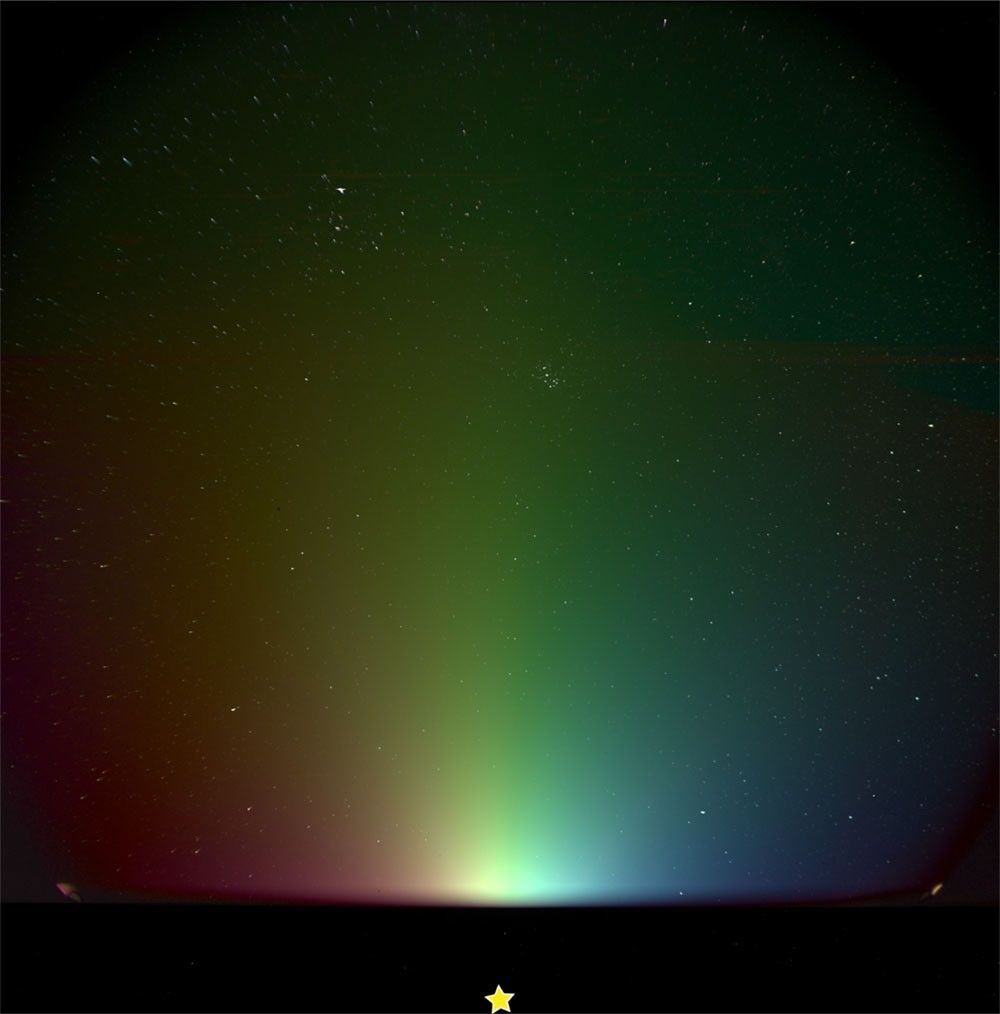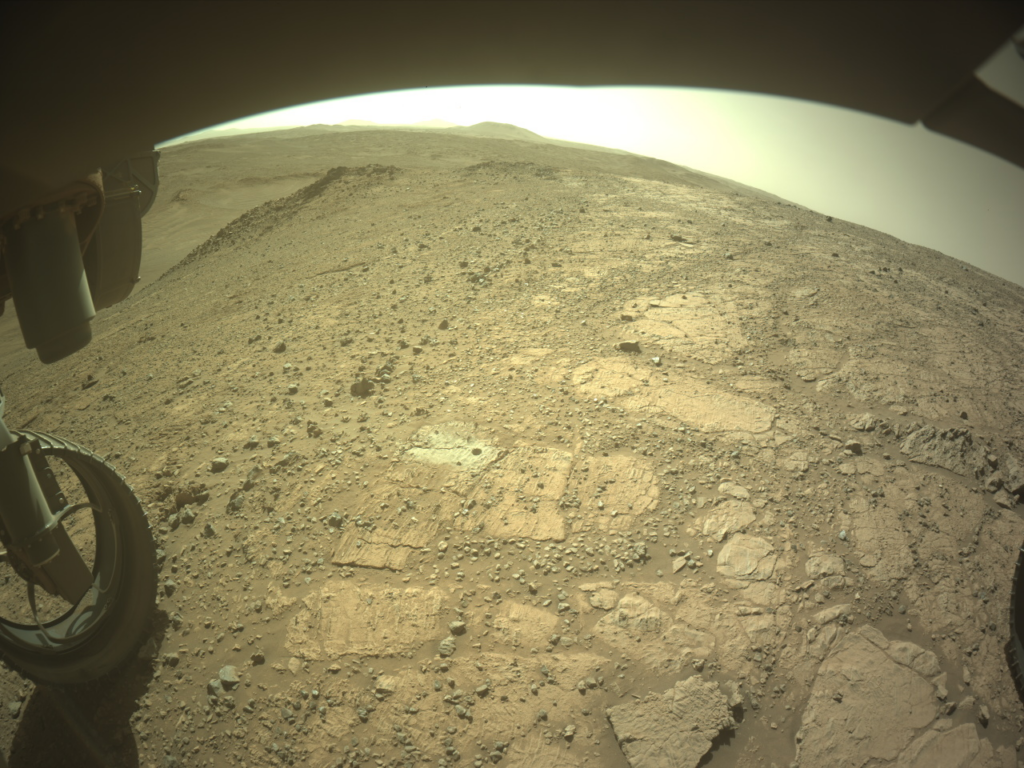
Meteor streaks delighted skywatchers this weekend as the Earth passed through the dust trail of Halley’s Comet in an annual meteor shower display.
The Eta Aquarid meteor shower, which is visible in both the Northern and Southern hemispheres in the constellation Aquarius, peaked this weekend with the most ideal observing times in the wee hours of the morning after 3 a.m. local time, weather permitting.
Skywatchers were expected to see as many as 30 meteors an hour streaking through the Earth’s atmosphere in a late spring “shooting stars” display. The event is best known for fast-moving meteors with long trains, moving as fast as 41 miles (66 kilometers) per second, according to the American Meteor Society.
If you’re hoping to capture photos of future meteor showers, our guide on how to photograph meteor showers can help. You can also use our best cameras for astrophotography and best lenses for astrophotography guides to prepare for the next meteor shower.
Related: The best meteor showers of the year
Check out these stunning Eta Aquarid meteor shower photos by skywatchers who stayed up late (or rose super early) to catch a glimpse of leftovers from Halley’s Comet lighting up Earth’s sky.
BEAUTIFUL ETA AQUARID GRAZING FIREBALL #SPMN060522B AS RECORDED TODAY at 2h03m35s UTC from Olocau, #València by Alex Gómez & Juan Gómez. With the radiant close to the horizon, cometary bolides increase their length and duration. More details in our list:https://t.co/CRfB0fblVv pic.twitter.com/x1IXmv0k47May 6, 2022
I seemed to have caught maybe 1 or 2 meteors from tonights Eta aquarid shower, this one was a beautiful greenish colour, backdropped by the milky way around 3am. #etaaquarid #Meteorshower #swansea #nasa #bbcskyatnight #Meteor #wales #stargazingwales #space #milkyway pic.twitter.com/AJbjaek02yMay 7, 2022
Blink or you’ll miss the meteor! One of several Eta Aquarid meteors we saw in the wee hours of pre dawn. I saw 4 (out of a possible 25). Super chuffed 🤩 pic.twitter.com/bd0ci3LIEVMay 6, 2022
Our favorite meteor story from this year came from Ric Kearbey, a meteorologist at 10 Tampa Bay WTSP in Florida. Kearbey and his daughter, Kayleigh, were both outside hoping to see a shooting star, as he recounted on Twitter.
“She said, ‘I don’t think we’ll see any.’ I told her, ‘Let’s say a quick prayer,’ ” Kearbey said. “We did and boom, we saw the most amazing meteor I’ve ever seen. Huge, bright and lit up they sky for 15 seconds.”
Kearbey joked, “Anyone else need her prayers?” while posting a picture of himself and Kayleigh, who is about five years old, judging from past social media posts by Kearbey.
Kyleigh & I went out to see the Eta Aquarid Meteor Shower. She said, “I don’t think we’ll see any.” I told her let’s say a quick prayer. We did and boom, we saw the most amazing meteor I’ve ever seen. Huge, bright & lit up they sky for 15 seconds. Anyone else need her prayers? 😁 pic.twitter.com/GoEOqKdpiPMay 6, 2022
Instagram was also full of shower views from the Southern Hemisphere and from countries such as Japan.
Editor’s note: If you snap an amazing photo of an Eta Aquarid meteor or any other night-sky sight and you’d like to share it with Space.com for a story or image gallery, send images, comments and location information to spacephotos@space.com.
Follow Elizabeth Howell on Twitter @howellspace. Follow us on Twitter @Spacedotcom and on Facebook.



